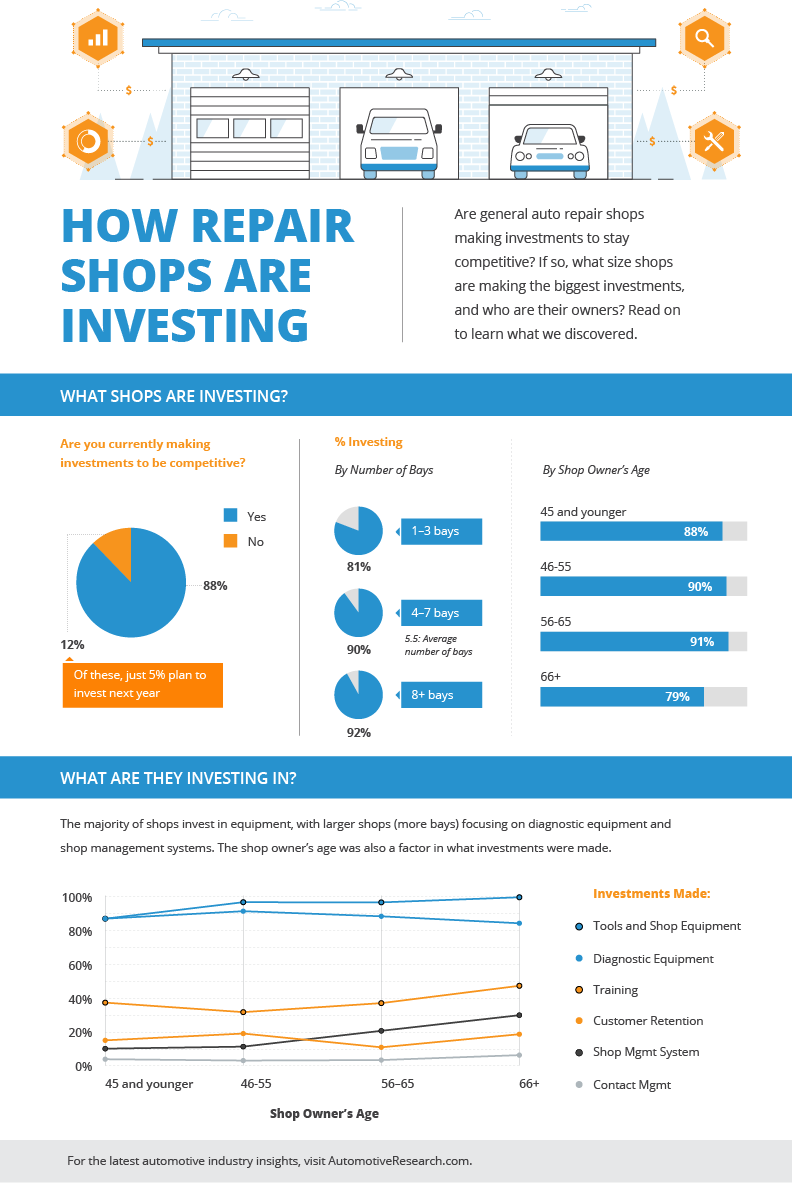Nonetheless, What Can Be Done Concerning Squishy Brake Pedals? Find The Solution Outlined Listed Below!
Nonetheless, What Can Be Done Concerning Squishy Brake Pedals? Find The Solution Outlined Listed Below!
Blog Article
Written By-Erickson Ross
When it concerns your lorry's brake system, comprehending typical problems can save you from prospective security risks. From determining brake pad wear to addressing brake fluid leaks, recognizing exactly how to tackle these problems is important. But what concerning those spongy brake pedals? There's a fix for that as well. Keep tuned to read https://brakechangecost28495.yomoblog.com/36230906/study-the-cost-saving-benefits-of-normal-maintenance-for-a-family-members-s-home-services concerning these problems and the practical services that can keep you securely when driving.
Brake Pad Use and Replacement
When it comes to keeping your lorry's brake system, one vital element to keep an eye on is the wear and replacement of brake pads. Brake pads are vital components that press versus the brake rotors to decrease or quit your lorry. Over time, these pads wear down because of friction, needing regular evaluation and substitute to guarantee your brakes work efficiently.
To establish if your brake pads require replacement, listen for screeching or grinding sounds when you apply the brakes. In https://www.suffolknewsherald.com/2022/04/05/following-split-vote-of-eda-board-kase-auto-repair-shop-to-receive-downtown-business-development-program-grant/ , if your car takes longer to quit or you notice vibrations or pulsations when stopping, it might be time to change the brake pads.
Neglecting used brake line repair can cause lowered stopping performance, damages to various other brake components, and even brake failure.
Changing brake pads is a reasonably uncomplicated process for numerous automobiles. However, if you're not sure or uneasy executing this task, it's best to seek advice from a specialist auto mechanic to ensure appropriate setup and optimal brake performance.
Frequently examining and changing https://raymondjeyuo.win-blog.com/10021265/key-inquiries-to-make-with-your-auto-mechanic-before-licensing-fixings is important for your safety and security and the durability of your vehicle's stopping system.
Brake Fluid Leaks and Upkeep
To guarantee your automobile's brake system operates efficiently, it is necessary to additionally take note of brake liquid leakages and maintenance. Brake liquid is crucial for sending the force from your foot on the brake pedal to the actual braking system. One typical concern with brake fluid is leaks, which can take place due to shabby brake lines, seals, or connections. If you discover a puddle or trickles under your automobile, it's necessary to deal with the leakage immediately to prevent a potential brake failure.
Regularly inspecting your brake fluid degree is vital to maintaining your brake system. Reduced brake fluid can lead to air going into the brake lines, which jeopardizes stopping performance.
Additionally, old or polluted brake liquid can influence the overall performance of your brakes. It's suggested to follow the maker's guidelines on when to change the brake fluid, normally every 2 years.
Spongy Brake Pedal: Blood Loss Brakes
If you've ever before experienced a squishy brake pedal while driving, you understand the relevance of keeping a company and responsive stopping system. One typical root cause of a squishy brake pedal is air trapped in the brake lines. When air enters the brake system, it can lead to a loss of hydraulic stress, leading to that unsettling spongy feeling when you press the brake pedal.
To solve this problem, hemorrhaging the brakes is needed. Hemorrhaging the brakes involves getting rid of the air from the brake lines to recover proper hydraulic stress.
To hemorrhage the brakes, you'll require a helper to help you. Start by locating the brake bleeder valve on each wheel, generally found near the brake caliper. With a wrench, loosen up the valve and have your assistant press the brake pedal while you observe any kind of air bubbles coming out. Repeat this procedure for each wheel, beginning with the wheel farthest from the master cyndrical tube and relocating more detailed.
As soon as you no more see air bubbles and only clear fluid emerges, tighten up the valve and top up the brake fluid storage tank as required. Bleeding the brakes assists ensure a firm brake pedal and boosts general braking efficiency.
Conclusion
Now that you comprehend typical brake problems and just how to fix them, you can ensure your vehicle's safety and security and performance. Remember to pay attention for warning signs like screeching noises or squishy brake pedals, and address them quickly. Regular maintenance and prompt replacements are key to maintaining your brakes in leading condition. Remain aggressive and conscientious to your brake system to delight in risk-free and dependable driving experiences.
